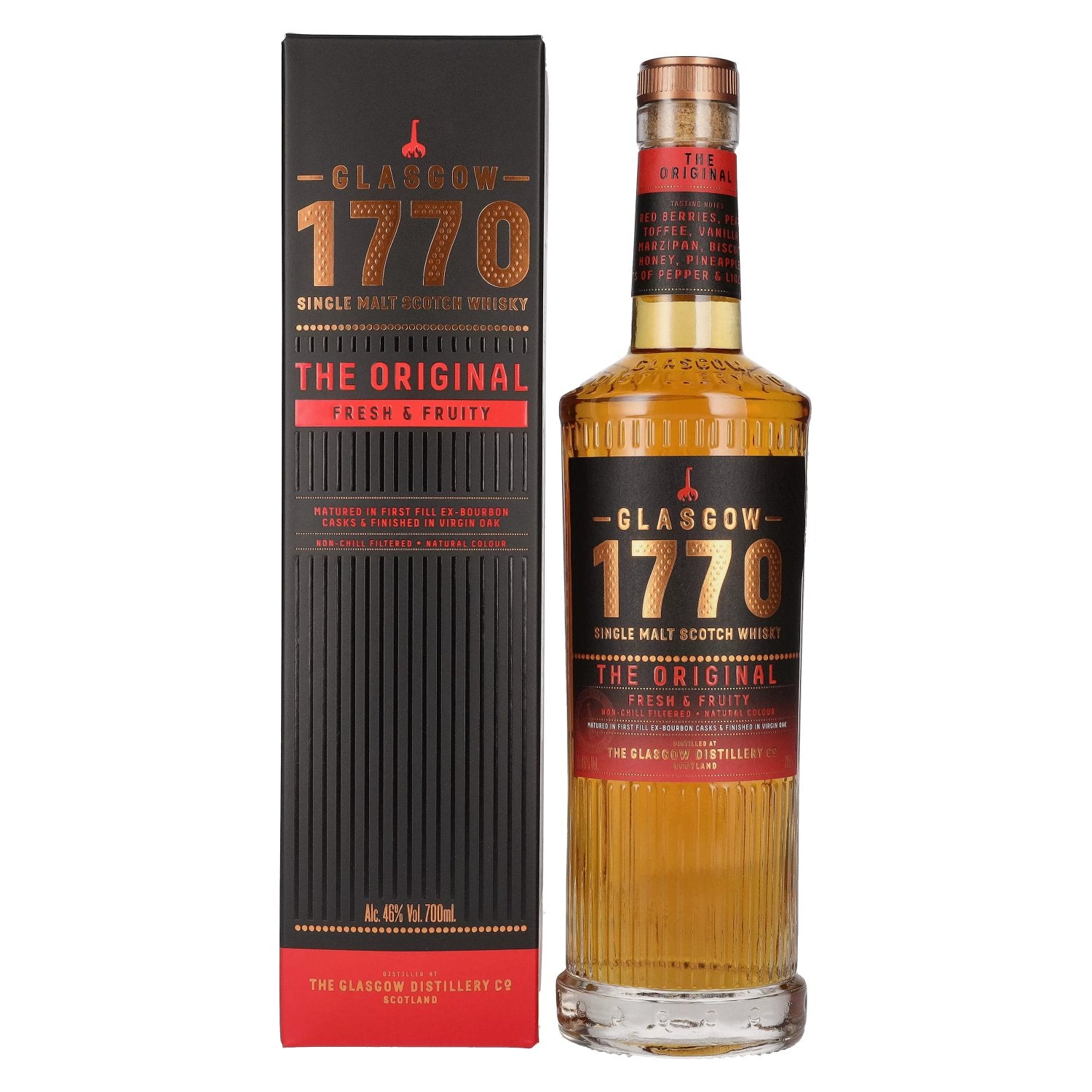Gin, known for its distinctive botanical flavor, has a storied history that spans centuries and continents. Its journey from a medicinal concoction to a globally celebrated spirit is fascinating, marked by innovation, cultural shifts, and the art of distillation. In this article, we will delve into the rich history of gin, exploring its origins, evolution, and enduring popularity.
The Origins of Gin
The story of gin begins in the early Middle Ages, with the development of distilled alcohol and the use of botanicals for medicinal purposes.
- Medieval Distillation: The practice of distillation was brought to Europe from the Middle East around the 11th century. Early distillers experimented with various botanicals to create medicinal tonics.
- Juniper Berries: Juniper, known for its healing properties, became a common ingredient in these early tonics. The first known juniper-based spirits were created by monks and alchemists seeking cures for ailments.
The Birth of Genever
Gin's direct predecessor, genever, was developed in the Netherlands in the 16th century. This Dutch spirit laid the foundation for what would become modern gin.
- Dr. Sylvius de Bouve: A Dutch physician and chemist, Sylvius de Bouve, is often credited with creating genever in the 1570s. He combined distilled grain spirits with juniper berries to produce a medicinal remedy.
- Popularity in the Netherlands: Genever quickly gained popularity in the Netherlands, both as a medicine and a recreational drink. It was often consumed in taverns and became a staple of Dutch culture.
Gin's Arrival in England
Gin's journey to England marked a significant turning point in its history. The spirit evolved from genever and became deeply ingrained in British society.
- William of Orange: In 1688, William of Orange, a Dutchman, became the King of England. His reign helped popularize genever in England, where it was soon adapted and called "gin."
- The Gin Craze: The early 18th century saw the infamous "Gin Craze" in England. Gin became extremely cheap and widely available, leading to widespread consumption and social problems. The British government attempted to curb the craze through a series of Gin Acts, which eventually led to improved regulation and quality of gin production.
The Evolution of Modern Gin
By the 19th century, gin had evolved significantly, with advancements in distillation technology and changes in consumer tastes.
- Column Still Invention: The invention of the column still (also known as the continuous still) in the early 19th century allowed for the production of purer, higher-quality spirits. This innovation led to the development of London Dry Gin, a style characterized by its clean, dry flavor and dominant juniper notes.
- Gin and Tonic: The British colonial presence in India led to the creation of the gin and tonic. British officers mixed gin with tonic water (which contained quinine, a treatment for malaria) to make the bitter tonic more palatable. This combination became a popular and refreshing drink.
Gin's Resurgence and Modern Popularity
The late 20th and early 21st centuries have seen a resurgence in gin's popularity, driven by a renewed interest in craft spirits and innovative production techniques.
- Craft Distilleries: The rise of craft distilleries has brought new life to gin production, with small-scale producers experimenting with unique botanicals and flavor profiles. This has led to a diverse and vibrant gin market.
- Gin Cocktails: The cocktail renaissance has played a significant role in gin's resurgence. Classic cocktails like the Martini, Negroni, and Aviation have regained popularity, while new gin-based creations continue to emerge.
- Global Appeal: Today, gin is enjoyed worldwide, with notable production regions including the United Kingdom, the United States, Spain, and Australia. Its versatility and wide range of flavors make it a favorite among bartenders and consumers alike.
Conclusion
From its humble beginnings as a medicinal tonic to its current status as a beloved global spirit, gin has undergone a remarkable transformation. Its rich history is a testament to the spirit's adaptability and enduring appeal. Whether sipped neat, enjoyed in a classic cocktail, or mixed in a contemporary creation, gin continues to captivate and delight drinkers around the world.
Raise a glass to the fascinating history of gin and the continued innovation that keeps this timeless spirit at the forefront of the cocktail world. Cheers!










